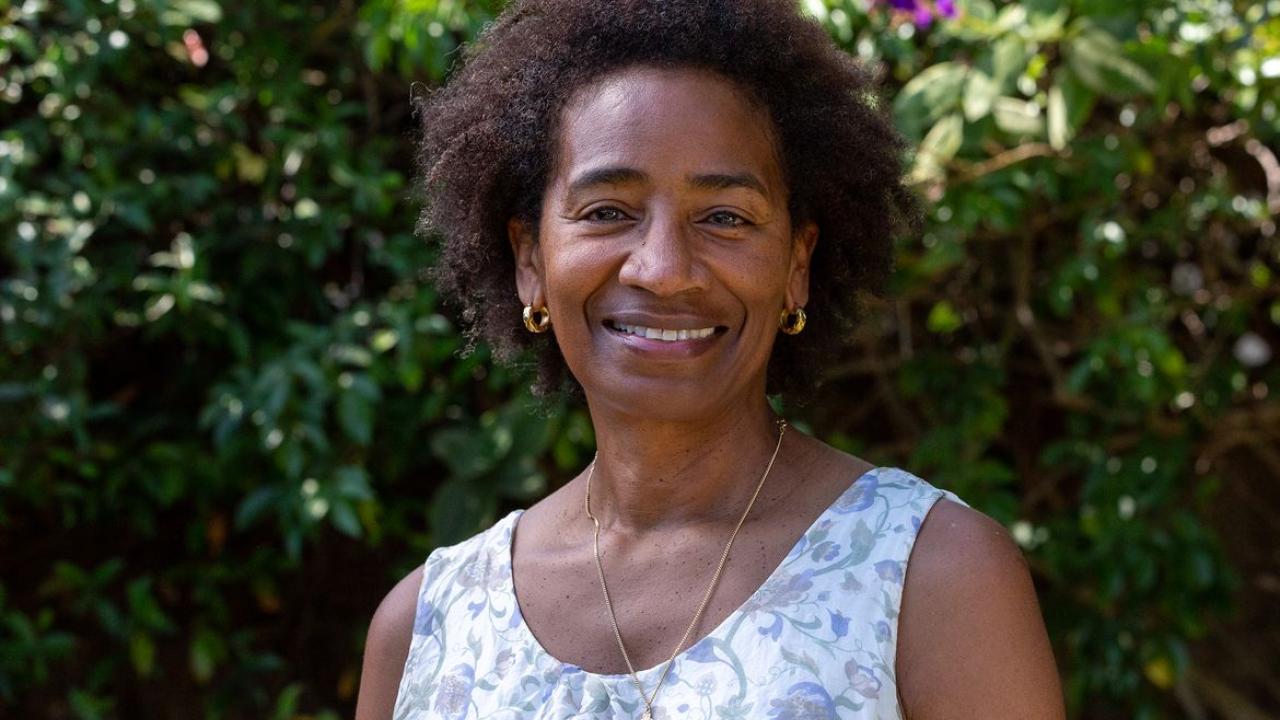Marilyn Raphael, a geography professor and director of UCLA’s Institute of the Environment and Sustainability, studies how and why Antarctica’s sea ice levels vary from season to season. Raphael has been studying Antarctica’s sea ice and the complex set of atmospheric factors that influence it — and are influenced by it — for more than two decades.
What’s becoming a concern, her research shows, is the extent of the sea ice’s contraction in recent summers. Just last month, Antarctic sea ice reached its lowest level in nearly 120 years. And as the ice shrinks, so does the capacity of the ice and snow to reflect the sun’s radiation back into the atmosphere and away from Earth.
“We count on the snow and ice to reflect over 90% of the solar radiation that falls on it,” Raphael said. “When there’s less ice, more solar energy is absorbed by the ocean, leading to warming.” A warmer ocean, in turn, limits the growth and expansion of sea ice, she said.
Closer to home, as head of the Institute of the Environment and Sustainability, Raphael strives to connect her research and teaching to local environmental issues. Using Southern California and the state as a focus, she, her fellow faculty members and students at the institute are helping to create innovative solutions for the broader world.
Read more about Raphael’s work at UCLA Newsroom.
Image Source: Ashley Kruythoff/UCLA





